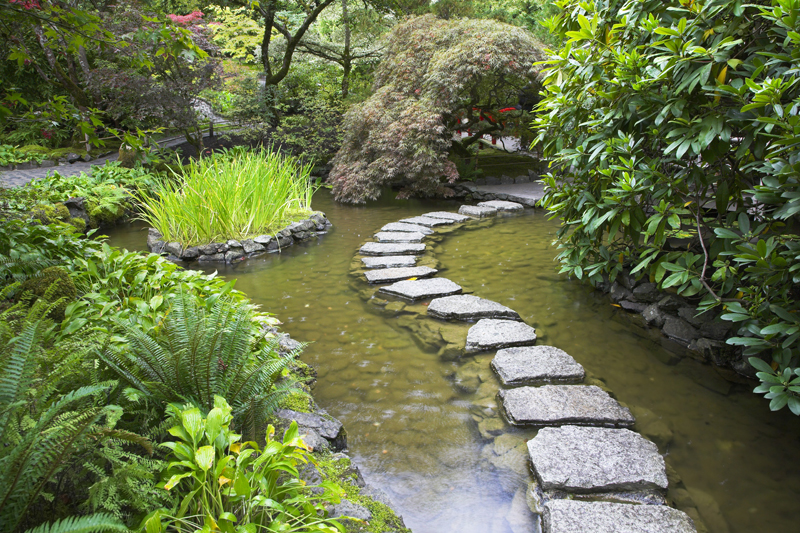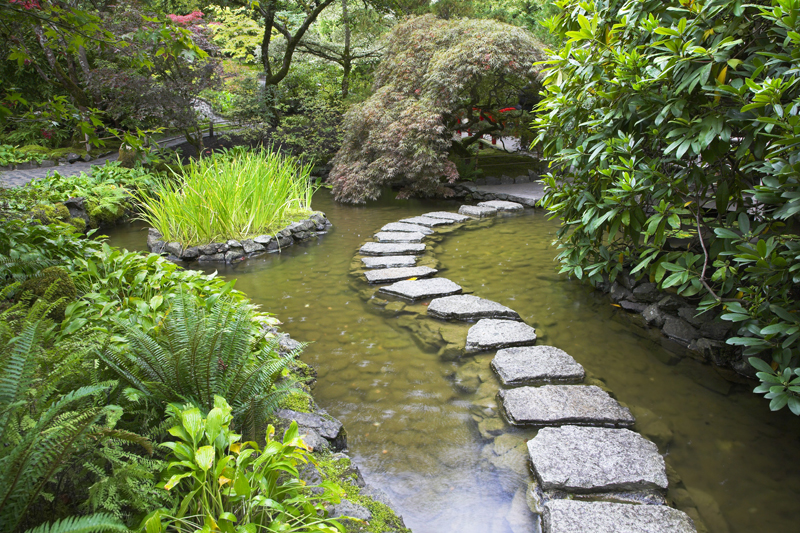Autumn Crocus

The first thing gardeners need to know about autumn crocus is that this in fact is not an autumn crocus. However, the blossoms are reminiscent of crocus flowers. They are members of the lily family.
The Latin name for the group refers to the areas along the Black Sea in Georgia where they originated. These bulbs are considered heirloom plants since they have been grown in America since Colonial times. The autumn crocus are a great choice for pollinator gardens.
There are perhaps forty of these species found in the wild in Asia, Europe, and North Africa. Most are native to the Balkans and Turkey. Only two of these are found in cultivation. Most are hardy to zone four or five, depending on the species.
General Description of Autumn Crocus
The autumn crocus plants appear to have no stems The foliage can emerge either with the blossoms, or possibly later. The leaves emerge in the spring. Then, they die back by the time the flowers begin to appear in late summer and fall.
The blooming period for these plants can vary slightly, depending on the species or variety. Although it is true that some do indeed bloom in autumn, this isn’t always the case. In fact, there is one that blooms in the spring.
The tubular flowers have tessellated petals. These blooms can vary in color. Some have mauve or pale pink blossoms. They can also be white.
Growing Autumn Crocus
The best time for planting these bulbs is in the summer. They should be planted about three to four inches deep.
These bulbs are suitable for full sun and part shade. They prefer a well drained soil.
Autumn crocus can be grown from seeds and from bulbs. They are one of those bulbs, such as amaryllis, that will initially bloom without being planted in soil. For that reason, they can be grown initially indoors in pots and later planted outdoors after they have finished blooming.
This is a good group of bulbs to plant in rough grass. They are also a perfect choice for rock gardens.
Gardeners should remember that these plants are toxic if consumed. The toxic substance is used to treat some kinds of cancer.
In addition, the bulbs can sometimes cause a skin rash in some individuals. For that reason, I prefer to wear rubber gloves when working with these bulbs.
For best results, leave these plants undisturbed after they’re planted if possible. However, if it becomes necessary to divide them, do this when the plants are blooming during the summer. Then, replant them as soon as possible.
Autumn crocus plants need a winter chill, so they aren’t suitable for warm climates.
These bulbs are frost hardy and easy to grow.
The Latin name for the group refers to the areas along the Black Sea in Georgia where they originated. These bulbs are considered heirloom plants since they have been grown in America since Colonial times. The autumn crocus are a great choice for pollinator gardens.
There are perhaps forty of these species found in the wild in Asia, Europe, and North Africa. Most are native to the Balkans and Turkey. Only two of these are found in cultivation. Most are hardy to zone four or five, depending on the species.
General Description of Autumn Crocus
The autumn crocus plants appear to have no stems The foliage can emerge either with the blossoms, or possibly later. The leaves emerge in the spring. Then, they die back by the time the flowers begin to appear in late summer and fall.
The blooming period for these plants can vary slightly, depending on the species or variety. Although it is true that some do indeed bloom in autumn, this isn’t always the case. In fact, there is one that blooms in the spring.
The tubular flowers have tessellated petals. These blooms can vary in color. Some have mauve or pale pink blossoms. They can also be white.
Growing Autumn Crocus
The best time for planting these bulbs is in the summer. They should be planted about three to four inches deep.
These bulbs are suitable for full sun and part shade. They prefer a well drained soil.
Autumn crocus can be grown from seeds and from bulbs. They are one of those bulbs, such as amaryllis, that will initially bloom without being planted in soil. For that reason, they can be grown initially indoors in pots and later planted outdoors after they have finished blooming.
This is a good group of bulbs to plant in rough grass. They are also a perfect choice for rock gardens.
Gardeners should remember that these plants are toxic if consumed. The toxic substance is used to treat some kinds of cancer.
In addition, the bulbs can sometimes cause a skin rash in some individuals. For that reason, I prefer to wear rubber gloves when working with these bulbs.
For best results, leave these plants undisturbed after they’re planted if possible. However, if it becomes necessary to divide them, do this when the plants are blooming during the summer. Then, replant them as soon as possible.
Autumn crocus plants need a winter chill, so they aren’t suitable for warm climates.
These bulbs are frost hardy and easy to grow.

Related Articles
Editor's Picks Articles
Top Ten Articles
Previous Features
Site Map
Content copyright © 2023 by Connie Krochmal. All rights reserved.
This content was written by Connie Krochmal. If you wish to use this content in any manner, you need written permission. Contact Connie Krochmal for details.



